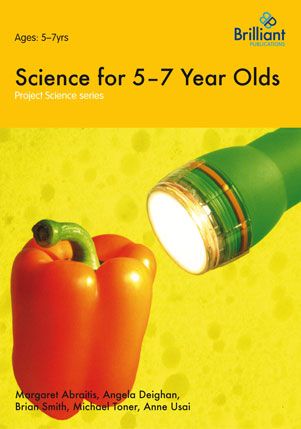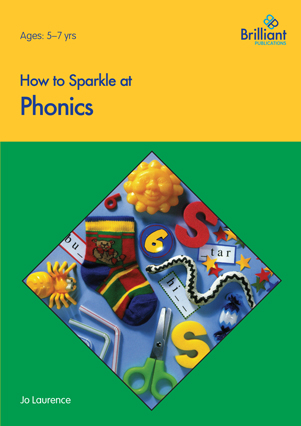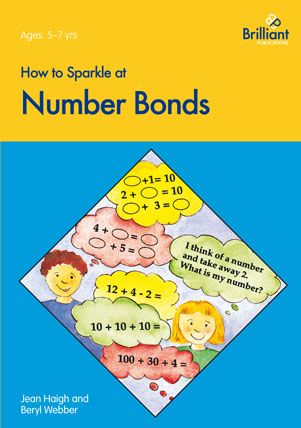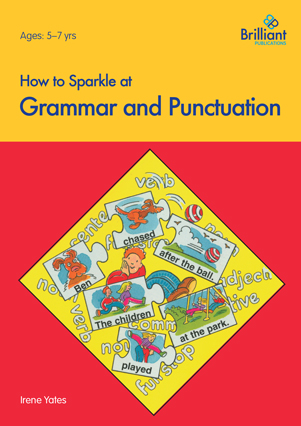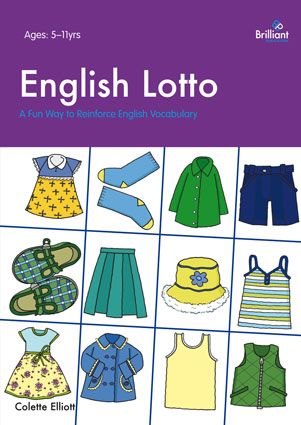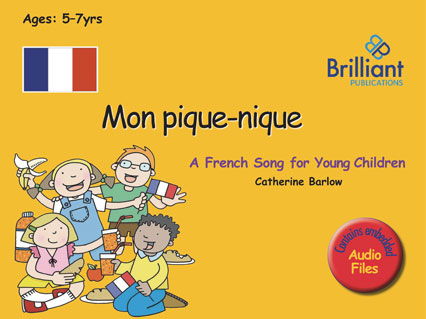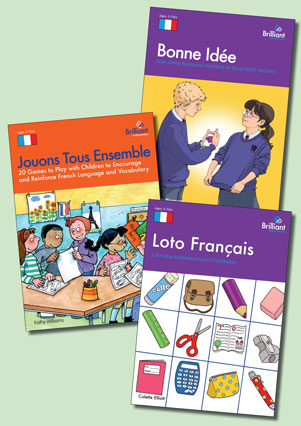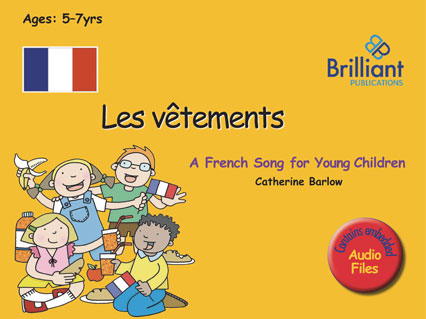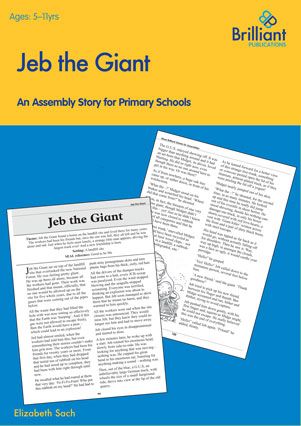517 results for “art”
We have found 517 results with the word you searched.
Science for 5–7 Year Olds (Project Science Series)
Science for 5-7 Year Olds contains over 70 attractively laid out photocopiable worksheets, written to match the National Curriculum and the schemes of work for Key Stage 1 (KS1). The accompanying teachers' notes provide background information, answers to the pupil pages, resources needed and teaching/safety notes. The team of authors includes science specialists, and primary school and special needs teachers. They have worked together to produce material that is clearly written, scientifically accurate and which primary school pupils will enjoy.
Add to basket ContinueHow to Sparkle at Phonics
How to Sparkle at Phonics provides 40 photocopiable worksheets, riddles, puzzles to help Foundation Stage and Key Stage 1 (KS1) children to learn letter sounds and use that knowledge to build words. The sheets compliment other phonics schemes and provide an enjoyable way of developing and assessing children's phonemic awareness. It is widely recognized today that 'onset' and 'rime' are very important skills for the early reader to acquire, and this book focuses on beginning, medial and ending sounds, as well as on rhyme. Scroll down to find out more and download ‘Try before you buy’ sample pages from the book.
Add to basket ContinueHow to Sparkle at Number Bonds
How to Sparkle at Number Bonds contains 42 photocopiable worksheets for use in Key Stage 1 (KS1). Your pupils will learn to do fast and accurate mental calculations using these attractive, enjoyable sheets. The book provides a flexible but structured resource for teaching children to understand number bonds. The ultimate aim is for children to be able to calculate at speed by heart.
Add to basket ContinueHow to Sparkle at Maths Fun
A collection of photocopiable games, practical activities and fun worksheets designed to inspire and reinforce the teaching of maths in the Key Stage 1 (KS1) classroom. The book supports children working at National Curriculum Key Stage 1 / Scottish National 5-14 Guidelines, levels A and B. The book is based around the theme of jungle animals, with familiar characters leading children through their learning.
Add to basket ContinueHow to Sparkle at Grammar and Punctuation
Contains 40 photocopiable worksheets for Key Stage 1 (KS1) which introduce, reinforce and consolidate concepts of punctuation, parts of speech, sequencing and sentence construction.
Add to basket ContinueEnglish Lotto: A Fun Way to Reinforce English Vocabulary
English Lotto contains attractive, easy-to-use reproducible lotto boards. They provide a stimulating and meaningful way to develop reading, listening and speaking skills when teaching popular topics such as numbers, food, animals, clothes, classroom items and Christmas. Three versions of each board are provided - words only, words and pictures, and pictures only - allowing maximum flexibility, particularly in mixed ability classes. Vocabulary lists at the back of the book translate all the words used into French, Spanish, German, Italian, Portuguese, Welsh and Polish.
Add to basket ContinueMon pique-nique – A French song
Mon pique-nique is a French song for children. It introduces the phrase 'je voudrais' and different types of picnic food. The song is to the tune of 'Polly put the kettle on' so it is easy to focus on the lyrics. Written by Catherine Barlow and published by Brilliant Publications. The PowerPoint has an embedded mp3 recording of the song, performed a native French speaker. The instrumental version enables karaoke performances. The e-resource contains the French lyrics, together with an English translation. The reproducible flashcards will help to introduce the vocabulary.
Add to basket ContinueFrench Games Pack
A PACK SAVING OF £22.97 (printed book comparison) The French Games Pack contains fun games and activities to practise and reinforce learning, that children will love. The French Games Pack contains: Loto Français - Photocopiable lotto boards provide a stimulating and meaningful way to help develop listening and speaking skills Jouons Tous Ensemble - Easy-to-play games to teach and reinforce vocabulary, with lots of extensions and variations Bonne Idée - Contains flashcards, picture matching cards, activity pages, word searches, anagrams and other puzzles for 20 popular topics, to help children remember and recognize words instantly.
Add to basket ContinueLes vêtements – A French song
Les vêtements is a French song for children all about clothing. The song is to the tune of 'Camptown races' so it is easy to focus on the lyrics. Written by Catherine Barlow and published by Brilliant Publications. The PowerPoint has an embedded mp3 recording of the song, performed a native French speaker. The instrumental version enables karaoke performances. The e-resource contains the French lyrics, together with an English translation. The reproducible flashcards will help to introduce the vocabulary.
Add to basket ContinueJeb the Giant
Jeb the Giant is feeling incredibly lonely having learnt that his human friends are no longer able to visit him like they have been doing for over two decades. He is scared at the thought of being all alone forevermore- with no entertainment, no company, and no connections. Just as he is admitting to his fate, he spots a German truck in the near distance – and in it: a potentially new friend. The driver is petrified to discover he is keeping company with a giant and when Jeb suggests that they might be buddies, aptly named driver Midget is sceptical and excuses himself from this obligation on the grounds of their severe differences. After a moment of thought though, Midget sees how human Jeb’s emotions and expressions are and he is moved to reconsider. Secretly feeling lonely too, he suggests that they start sunrise bird-watching together; marking the beginning of a wonderful friendship for both Midget and Jeb.
Add to basket Continue
